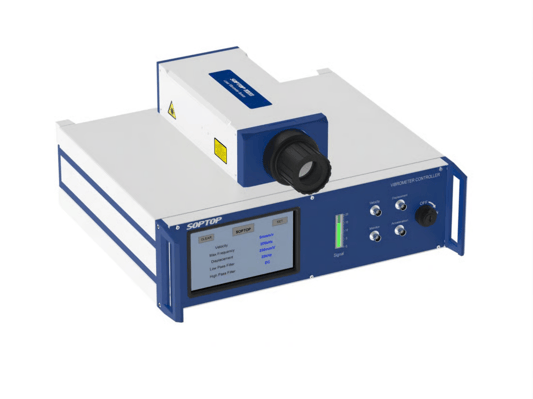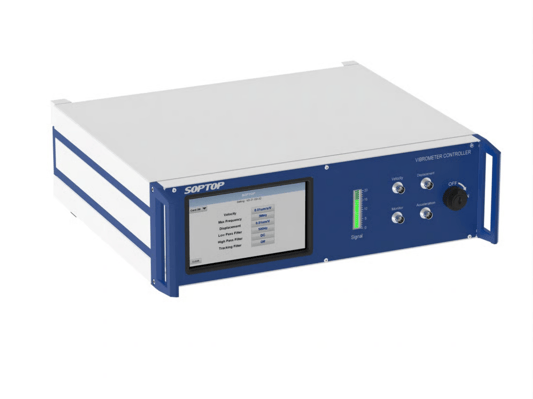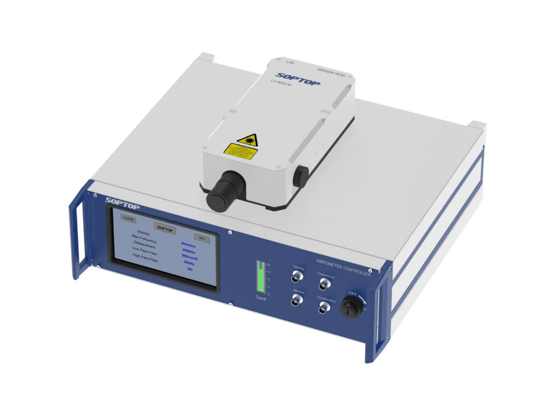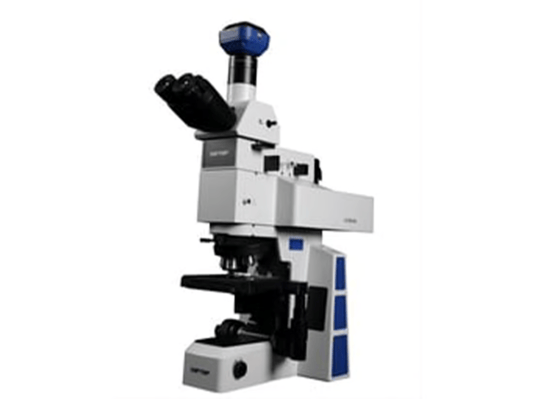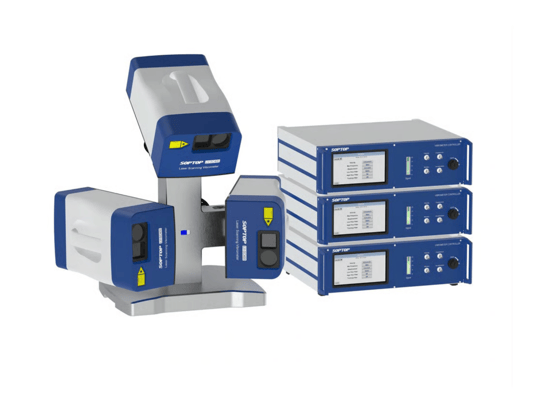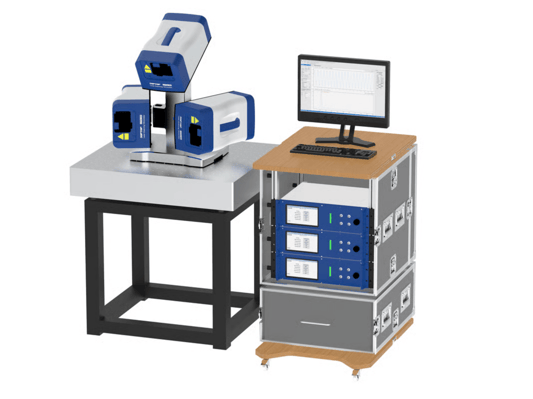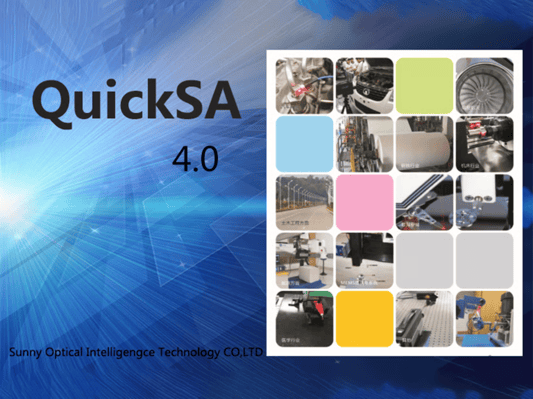What is a laser vibration sensor? A laser vibration sensor is a high-tech device used to measure vibrations in various objects and structures. It utilizes laser technology to detect and analyze even the slightest movements, providing valuable data for different industries.How Does a Laser Vibration Sensor Work? Laser vibration sensors work by emitting a laser beam towards a target object and then measuring the vibration response through the reflected light. This data is then processed to determine the frequency, amplitude, and other characteristics of the vibrations.Applications of Laser Vibration Sensors Laser vibration sensors are widely used in industries such as aerospace, automotive, and manufacturing to monitor the structural health of machinery, buildings, bridges, and other critical infrastructure. They can detect faults, malfunctions, and potential failures before they escalate.Advantages of Using Laser Vibration Sensors One of the main advantages of laser vibration sensors is their high sensitivity and accuracy in detecting even tiny vibrations. They are also non-contact devices, meaning they can measure vibrations without physically touching the object, reducing the risk of interference or damage.Types of Laser Vibration Sensors There are several types of laser vibration sensors available, including Doppler vibrometers, interferometric sensors, and laser displacement sensors. Each type has its unique features and applications, making them suitable for different measurement scenarios.Factors to Consider When Choosing a Laser Vibration Sensor When selecting a laser vibration sensor, it is essential to consider factors such as frequency range, measurement resolution, measurement distance, and environmental conditions. Choosing the right sensor for your specific needs is crucial for accurate and reliable results.Installation and Maintenance of Laser Vibration Sensors Proper installation and maintenance are key to ensuring the optimal performance of laser vibration sensors. Follow the manufacturer's guidelines for installation, calibration, and regular upkeep to prevent inaccuracies and prolong the sensor's lifespan.Future Trends in Laser Vibration Sensor Technology The field of laser vibration sensor technology is constantly evolving, with advancements in miniaturization, wireless connectivity, and data analysis capabilities. Future sensors may feature enhanced sensitivity, real-time monitoring, and predictive maintenance capabilities.Challenges and Limitations of Laser Vibration Sensors While laser vibration sensors offer numerous benefits, they also face challenges such as high cost, complex setup, and limitations in certain operating environments. Overcoming these challenges is crucial for the widespread adoption and integration of laser vibration sensors.The Impact of Laser Vibration Sensors on Industry The implementation of laser vibration sensors has revolutionized the way industries monitor and maintain their equipment and infrastructure. By providing accurate and timely vibration data, these sensors help prevent costly downtime, improve safety, and optimize operational efficiency. Quote Inquirycontact us


